Panda cory - Corydoras panda
Scientific name: Corydoras panda
Common name: Panda cory
Family: Callichthyidae
Usual size in fish tanks: 3 - 4 cm (1.18 - 1.57 inch)
014
Recommended pH range: 5.8 - 7.8
Recommended water hardness: 4 - 18°N (71.43 - 321.43ppm)
0°C 32°F30°C 86°F
Recommended temperature range: 22 - 28 °C (71.6 - 82.4°F)
The way how these fish reproduce: Spawning
Where the species comes from: South America
Temperament to its own species: peaceful
Temperament toward other fish species: peaceful
Usual place in the tank: Bottom levels
Food and Feeding
The Panda Cory (Corydoras panda) is a bottom-dwelling scavenger that feeds on a variety of foods that sink to the substrate. In the wild, they consume small invertebrates, worms, and plant matter. In captivity, they thrive on a diet of sinking pellets, algae wafers, frozen or live bloodworms, brine shrimp, and finely crushed flakes. To maintain optimal health, ensure they receive a balanced diet that includes nutrient-rich fish food and occasional vitamin supplements.
Sexing
Distinguishing between male and female Panda Cories is relatively straightforward. Females are noticeably larger, with a rounder belly, especially when carrying eggs. Males remain smaller and more streamlined.
Breeding
The Panda Cory is an egg-layer that spawns in groups. To encourage breeding:
- Maintain a water temperature between 26.5°C and 27.5°C (79.7°F - 81.5°F), then gradually lower it to around 23°C (73.4°F) to trigger spawning.
- Provide a well-oxygenated environment with soft, slightly acidic to neutral water.
- Offer a protein-rich diet before spawning, including live or frozen foods such as bloodworms and daphnia.
- Eggs are usually laid on aquarium glass, broad leaves, or decorations. It is advisable to remove them immediately to prevent adult fish from eating them.
- Fry can be fed infusoria, micro-worms, and later transitioned to newly hatched brine shrimp.
Lifespan
With proper care, the Panda Cory can live for 5 years or more in a well-maintained aquarium.
Ideal Tank Setup
These small, peaceful fish thrive in a well-structured aquarium with:
- A soft, sandy substrate to prevent damage to their sensitive barbels.
- Plenty of hiding spots using driftwood, caves, and rocks.
- Live plants such as Java Fern or Anubias for additional cover.
- Moderate water flow and stable water parameters to ensure their well-being.
Tankmates
The Panda Cory is a peaceful, social species best kept in groups of at least 5-6 individuals. Suitable tankmates include:
- Small, non-aggressive fish such as Neon Tetras, Harlequin Rasboras, and Ember Tetras.
- Other peaceful bottom dwellers, including Otocinclus and Kuhli Loaches.
- Small, docile Dwarf Gouramis or Honey Gouramis.
Video
Watch the Panda Cory in action! Download the video here: link (21 MB, 1 min 37 sec, MPEG-1 format).
Pictures
Bought by aqua-fish.net from jjphoto.dk
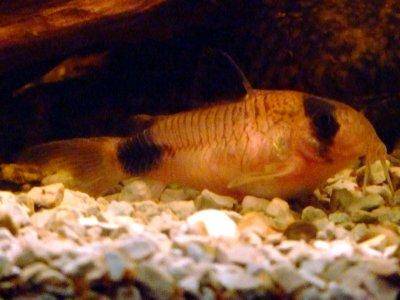


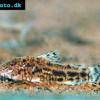 Aspidoras
Aspidoras 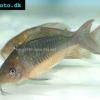 Giant
Giant 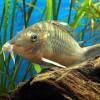 Hognosed
Hognosed 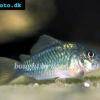 Emerald
Emerald 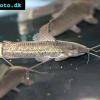 Cascarudo
Cascarudo 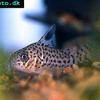 Acre
Acre 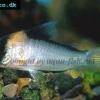 Adolfo’s
Adolfo’s 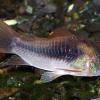 Bronze
Bronze 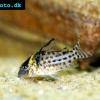 Agassizii’s
Agassizii’s 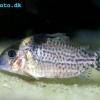 Spotted
Spotted 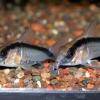 Skunk
Skunk 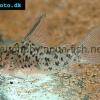 Corydoras
Corydoras 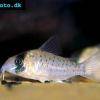 Fairy
Fairy 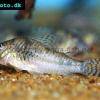 Corydoras
Corydoras 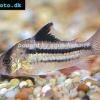 Pink
Pink 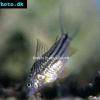 San
San 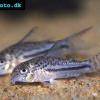 Bond’s
Bond’s 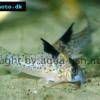 Spotted
Spotted 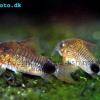 Tailspot
Tailspot 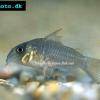 Concolor
Concolor 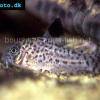 Cope’s
Cope’s 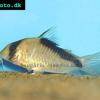 Sand’s
Sand’s 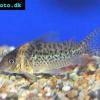 False
False 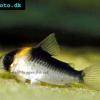 False
False 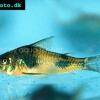 Ehrhardt’s
Ehrhardt’s 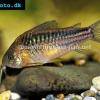 Elegant
Elegant 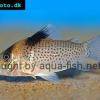 Saddle
Saddle 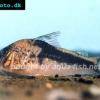 Fowler’s
Fowler’s 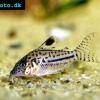 Gomezi
Gomezi 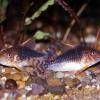 Palespotted
Palespotted 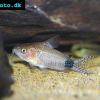 Guapore
Guapore 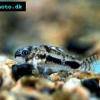 Dainty
Dainty 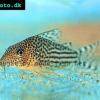 Mosaic
Mosaic 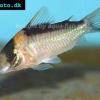 Imitator
Imitator 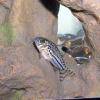 Julii
Julii 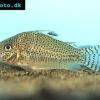 Leopard
Leopard 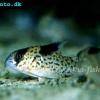 Black
Black 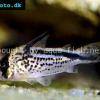 Slant-bar
Slant-bar 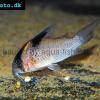 Bluespotted
Bluespotted 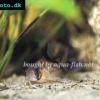 False
False 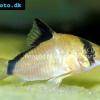 Bandit
Bandit 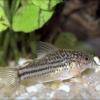 Mini
Mini 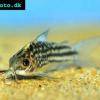 Napo
Napo 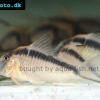 Corydoras
Corydoras 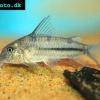 Blue
Blue 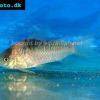 Nijssen’s
Nijssen’s 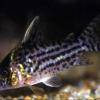 Ornate
Ornate 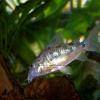 Peppered
Peppered 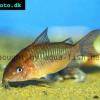 Albertini
Albertini 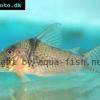 Pastaza
Pastaza 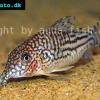 Corydoras
Corydoras 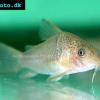 Many-spotted
Many-spotted 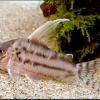 Pretty
Pretty 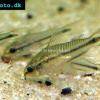 Dwarf
Dwarf 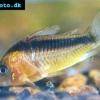 Iridescent
Iridescent 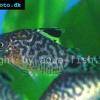 Reticulated
Reticulated 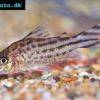 Bannertail
Bannertail 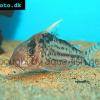 Robust
Robust 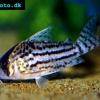 Schwartz’s
Schwartz’s 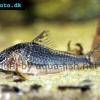 Black
Black 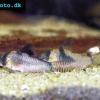 Longnosed
Longnosed 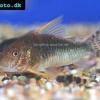 Seuss’
Seuss’ 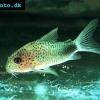 Smudge
Smudge 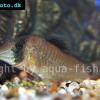 Masquerade
Masquerade 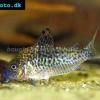 False
False 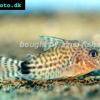 Millenium
Millenium 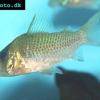 Pinkthroat
Pinkthroat 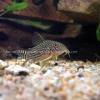 Sterba’s
Sterba’s 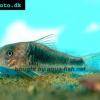 Longsnout
Longsnout 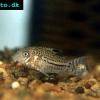 False
False 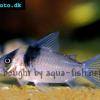 Miguelito
Miguelito 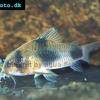 Twosaddle
Twosaddle 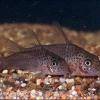 Xingu
Xingu 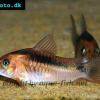 Black
Black 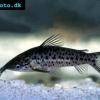 Porthole
Porthole 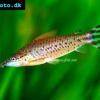 Flagtail
Flagtail 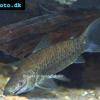 Brown
Brown 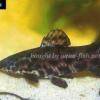 Spotted
Spotted